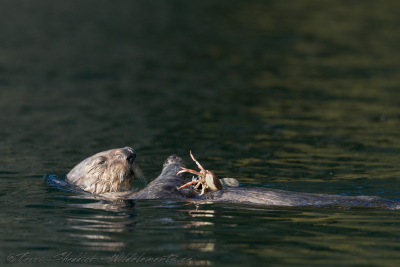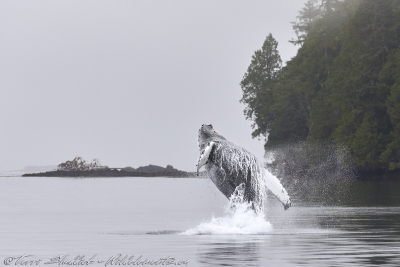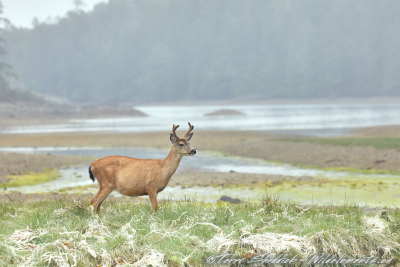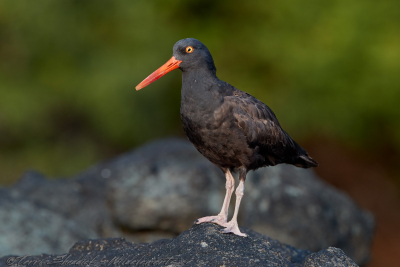18 Dec Letter to Santa: Canon 1dx Mark III
Notice: Trying to access array offset on value of type bool in /var/www/wp-content/plugins/bridge-core/modules/shortcodes/shortcode-elements/_social-share/templates/social-share.php on line 124
Since Christmas is near, I thought I would put together my letter to Santa (or Canon Santa) on what I would like to have on the new Canon flagship camera the 1DX Mark III. Since Canon made the announcement that it is developing the 1DX Mark III, I have been anxiously looking forward to its release, and thinking about what I hope the camera comes with.
I know that the press release was pretty vague on details, but some of the rumours are that the sensor will remain at 20.2 megapixels. This is a disappointment to some, but I think it is a sufficient number of megapixels, especially for someone like me that spends the majority of their time shooting hand-held, a bunch of really tiny pixels are a disadvantage. Also, if you want more megapixels, there is always the 5D Mark IV, or the rumoured 75 megapixel mirrorless camera. My hope is actually that there isn’t significant changes in the number of megapixels.
One of the details that was provided by Canon in the press release is that Canon has increased the size of the autofocus sensor. I don’t think you can ever have too fast of autofocus on a camera. I am really looking forward to trying out the newer, faster autofocus, to see how it performs.
I am also looking forward to seeing how the camera will perform with the new card types, and how that improves the buffer rate. I can tell you, when you are shooting next to a bunch of Nikon shooters, and your camera buffers out, it is a real bummer.
Given that the majority of my photography is done on the coast of British Columbia, and sometimes in dark, and rainy weather, improved ISO performance is at the top of my list. I am hoping for improved noise performance and dynamic range at the high ISOs (over ISO 3200).
Another nice to have in the new flagship camera with be in body stabilization (IBIS). While I am not overly optimistic that the camera will come with this, given that the mirrorless camera (EOSR) didn’t have it, I don’t think I will bet on it. But some of the rumours are that the camera may come with it.
And my final wish, that Canon will just release the 1DX Mark III already, and have sufficient supply so I can get one quickly!
Feel free to share your wishes (or any rumors you have) with me at [email protected].





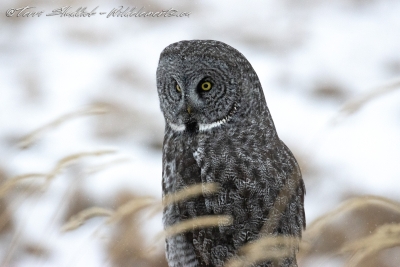
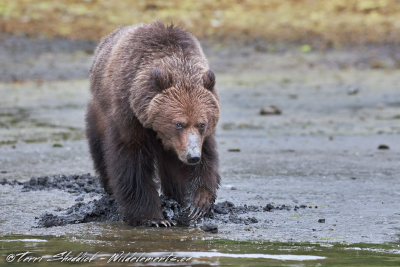
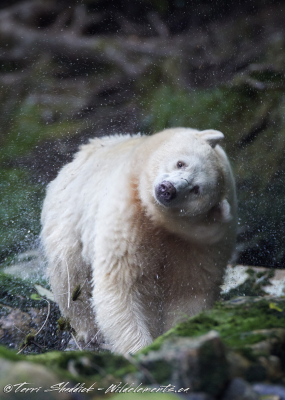
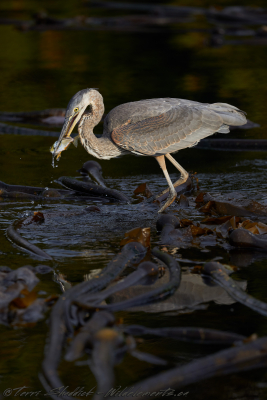
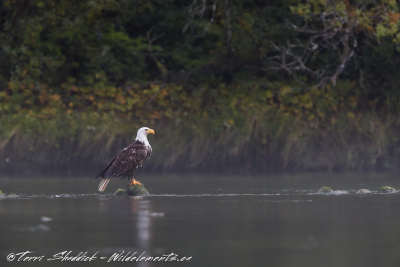
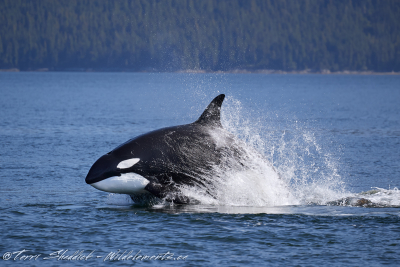 We ended the trip with quite a show from some Transient Killer Whales, who had already started attacking a Stellar Sea Lion when we showed up. We spent almost two hours watching as they came out of the water and jumped on him, or hit him with their tails, and doing everything they could to get their next meal. It was the first time that I had witnessed something like this, and while it was incredible to see the Orcas, you were left feeling a little sad for the poor Sea Lion.
We ended the trip with quite a show from some Transient Killer Whales, who had already started attacking a Stellar Sea Lion when we showed up. We spent almost two hours watching as they came out of the water and jumped on him, or hit him with their tails, and doing everything they could to get their next meal. It was the first time that I had witnessed something like this, and while it was incredible to see the Orcas, you were left feeling a little sad for the poor Sea Lion.